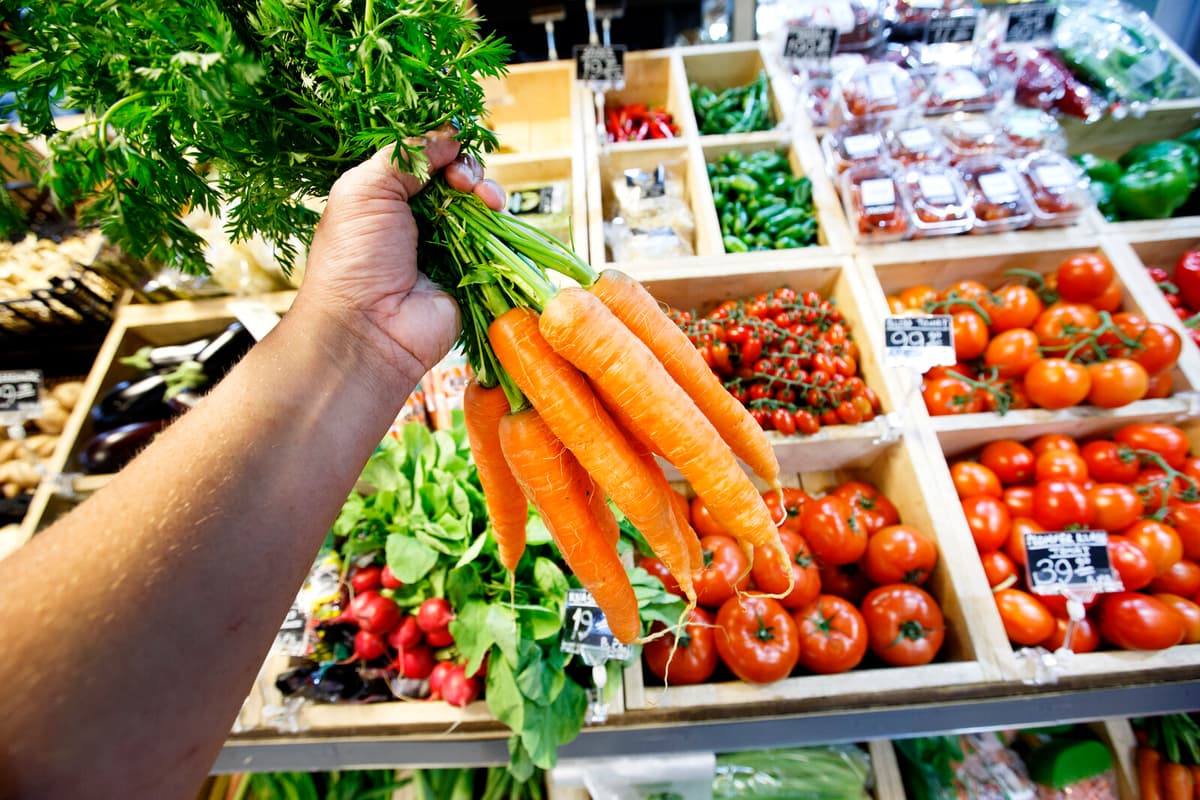The results of the latest public health survey (2024) from the Public Health Agency are not directly uplifting for Swedish health.
Overall, the negative trend – which has been visible since 2016 – continues when it comes to consumption of vegetables and root vegetables, fruit and berries, fish and shellfish, as well as sweetened beverages such as soda.
More sweetened drinks
The largest difference compared to the previous public health survey from 2022 is found in the category of how many people eat fish twice a week or more. There, the proportion has decreased by 5.4 percentage points. At the same time, the proportion of those who drink sweetened drinks twice a week or more often has increased by 3.5 percentage points.
At the group level, it can be established that women still eat more healthily, seen in the above-mentioned categories, compared to men. This is particularly noticeable when it comes to consumption of fruit and berries as well as vegetables and root vegetables.
However, the fact is that it is among young women (16–29 years old) that the largest negative change is seen since the previous survey. For example, there has been an increase of more than ten percentage points when it comes to the proportion of young women who drink sweetened drinks twice a week or more often.
And from 2016 to 2024, women in general have had a worse development than men.
"Those who previously ate more healthily seem to be worsening their eating habits the most, which makes the differences between groups decrease. We see, for example, that young women and men now drink sweetened drinks to almost the same extent", says Pia Lindeskog, investigator at the Public Health Agency, on the agency's website.
They eat the worst
Generally, it can be said that those who "have the lowest proportion of consumption of healthy foods" are more often found in groups with lower education, economic problems, men, and 16–29-year-olds.
A poor diet is a strong contributing cause of diabetes, cardiovascular disease, and certain types of cancer.
In the 2024 survey, over 17,600 people responded, which corresponds to a response rate of 39.4 percent.





